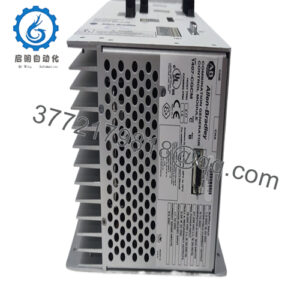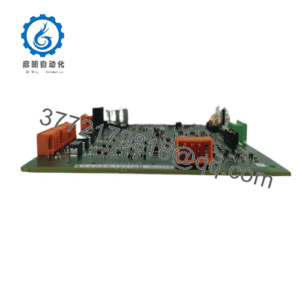Description
In the high-stakes domain of power generation, where generator faults like stator overloads or ground anomalies can cascade into turbine trips or grid instability—consider a combined-cycle plant where undetected differential currents during synchronization lead to equipment burnout and multimillion-dollar outages, or a remote diesel genset where voltage imbalances from unbalanced loads erode rotor life and force emergency shutdowns—these vulnerabilities demand vigilant, multifaceted protection that scales with diverse prime movers. Engineers in these environments often grapple with fragmented relays that overlook inter-turn shorts or fail to coordinate with downstream motors, resulting in signal inaccuracies, prolonged commissioning, or retrofit complexities that hike opex and compliance burdens in process control setups. The GE 489-P5-LO-A20 steps up as a comprehensive generator management relay from GE Multilin’s 489 series, tailored for safeguarding induction and synchronous generators up to 20 MVA with integrated metering, control, and diagnostics to ensure high-reliability I/O signal processing and seamless system coordination.
- 489-P5-LO-A20
This relay asserts its role in utility or industrial applications, such as overlaying legacy electromechanical protections in hydro stations, where modular drawout designs allow in-service testing without de-energizing bays, or in petrochemical cogeneration where variable-speed operations require adaptive neutral schemes to avert false trips. In a wind farm’s synchronous backup generator, for instance, it monitors 100% stator ground faults amid intermittent loads, delivering precise current/voltage signals to prevent overexcitation that could sideline the farm. For marine propulsion auxiliaries exposed to humid vibrations, the GE 489-P5-LO-A20 leverages low-voltage inputs for resilience, upholding process stability without compromising on multi-setting groups for seasonal tuning. It’s indispensable for expansions in paralleled gensets, where its Modbus/DNP3 compatibility ties into SCADA without proprietary add-ons, centering on your priorities of minimized downtime and enhanced event forensics in EMI-dense or thermal-variable enclosures.
What sets it apart in industrial automation is its practical versatility: with 5 A CT secondaries for broad range coverage, it adapts to wye or delta VT configurations without hardware tweaks. In harmonic-rich plants or remote grids, its filtering ensures clean analog paths, while assignable outputs streamline breaker tripping. For teams upgrading SR family relays, the GE 489-P5-LO-A20 demystifies deployment, reusing IAC footprints to cut reconfiguration time, turning potential weak links into robust sentinels in process control where generator health directly powers continuity.
Positioning the GE 489-P5-LO-A20 within your protection framework establishes it as the centralized watchdog for generator bays, assimilating phase currents, ground CTs, and voltage inputs to execute layered logic for trips and alarms in MV switchgear. From GE’s Multilin lineup, it fits in drawout cases via standard cutouts, coordinating substation-wide via rear RS485 for DNP3/Modbus, while front USB enables local EnerVista uploads to SCADA for fleet views. In the stack, it resides at the machine level, above transducers but below gateway aggregators, with up to 7 digital inputs and 6 outputs for interlocks, plus 4 analog (4-20 mA) for trending.
Operationally, it stacks functions: dual-slope differential for internal faults, overexcitation (21) for field limits, and 100% ground elements for stator integrity, all configurable via setting groups for startup vs. run modes. Metering spans power (class 0.5) and RTDs for bearing temps, captured at 32 samples/cycle for oscillography, with self-supervision flagging CT burdens or comms via LEDs—key for remote process control where access lags. Without PRP, it pairs with redundant units for duplex, ensuring failover under 50 ms in paralleled ops. This isn’t standalone; it allies with 735 feeders or 469 motors, zoning safeguards without silos.
For teams navigating backplane-free panels, the GE 489-P5-LO-A20 simplifies via USB simulation and template logic, evolving generator oversight from basic guarding to predictive poise that anticipates harmonics from inverters, advancing power system automation from rigid relays to nuanced guardians.
| Specification | Details |
|---|---|
| Model Number | 489-P5-LO-A20 |
| Brand | GE Multilin |
| Type | Generator Management Relay (489 Series) |
| Input Voltage | 20-60 VDC / 20-48 VAC (48-62 Hz) |
| Operating Temp Range | -40°C to 85°C |
| Mounting Style | Drawout Case |
| Dimensions | 145 x 177 x 161 mm |
| Weight | 4.3 kg |
| Interface/Bus | RS485, USB |
| Compliance | IEC 60255, CE, UL, RoHS |
| Supported Protocols | DNP3, Modbus RTU |
| Typical Power Draw | 12 W |
Opting for the GE 489-P5-LO-A20 forges operational armor that withstands generator gyrations, its differential elements—tuned to 5% sensitivity—isolating stator faults in <40 ms to forestall arc escalation and winding damage in paralleled setups. This acuity preserves reactive balance by modeling overexcitation for PSS coordination, trimming interventions that unseat renewables, while RTD-based thermal models (up to 12 inputs) enable load profiling without ancillary meters, sharpening opex in Q-hungry sites.
The stewardship value amplifies through event vaults (up to 150 records at 8 kHz), arming forensics with phasors that condense investigations from exhaustive traces to targeted replays, while low-voltage design endures 85°C ambients or 100% humidity, sustaining accuracy over cycles for deferred alignments in certified ops. Integration eases too, as DNP3 foundations reuse RTU infrastructure, slashing wiring for expansions like paralleling banks.
Long-view, it curtails ecosystem drag with efficient 12 W draw that slims cabinet cooling, while versatile binaries prune satellite relays for sleeker bays that flex with MVA growth. In high-reliability pursuits, the GE 489-P5-LO-A20 minimizes total exposures, from 100% ground detection that wards turn shorts to supervision that flags CT drift early, crafting a generator bastion that endures flux in power generation.
In utility hydro stations, the GE 489-P5-LO-A20 anchors synchronous protection, deploying stator differential amid water surges to sustain critical system uptime in process control environments where fault selectivity averts wicket gate stalls. Its high-reliability ground elements process I/O signals from neutrals, ensuring swift isolations.
Industrial gas turbines harness it for backup gensets, overseeing unbalances under combustion jolts—delivering overexcitation schemes for continuous peaking where signal purity prevents blade rubs. In data center UPS ties, it guards inverter-fed feeders against harmonics in chilled vaults, supporting modular voltage oversight for load shifts. These roles highlight the GE 489-P5-LO-A20 as a versatile vanguard in harsh, MVA-dense power systems, where management mastery meets automation imperatives.
489-P1-LO-A20 – Basic variant for smaller generators with reduced metering for cost-sensitive retrofits.
489-P5-HI-A20 – High-voltage input model for 120/240 VAC supplies in large utility setups.
SR489-P5-LO-A20 – Synchronous-focused upgrade with enhanced differential for paralleled ops.
469-P5-LO-A20 – Motor protection companion for downstream drive safeguarding.
735-P5-LO-A20 – Feeder relay extension for upstream coordination in distribution.
T60-P5-LO-A20 – Transformer add-on with overflux emphasis for HV step-ups.
F60-P5-LO-A20 – Feeder alternative with arc-flash modules for enclosed bays.
489-P5-LO-A20-E – Enhanced display version for improved HMI in remote monitoring.
Before case-inserting the GE 489-P5-LO-A20, inspect drawout contacts—standard 19″ requires clean pins to avert arcing, and torque to spec if vibration looms. Verify control power at 20-60 VDC/20-48 VAC with ripple under 5%, as surges skew thresholds; buffer with filters if gen noise intrudes. Load the latest firmware via EnerVista to align with DNP3—mismatches hobble comms, stalling uploads.
In service, upkeep revolves around pragmatic checks that honor schedules. Monthly, cycle LEDs for self-test greens—steady means nominal, but ambers prompt a log export to hunt transients. Semiannually, secondary injections tune elements to 3% accuracy, and swab CT terminals for corrosion in humid vaults. RS485 arms need quarterly baud audits for integrity, paired with annual end-to-end sims using test kits to validate selectivity. Drawing from GE’s relay guide, this approach keeps the GE 489-P5-LO-A20 as a low-touch ally, sustaining vigilance without commandeering ops in your generator rhythm.

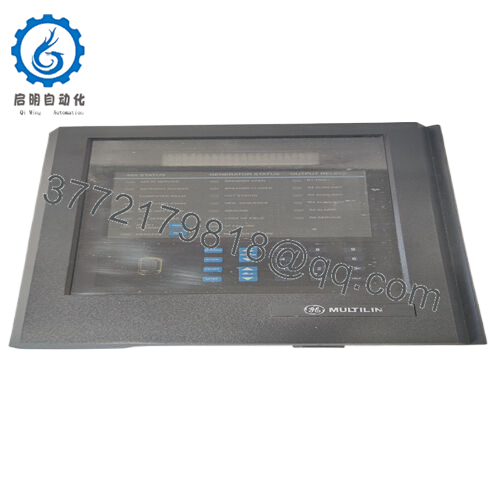

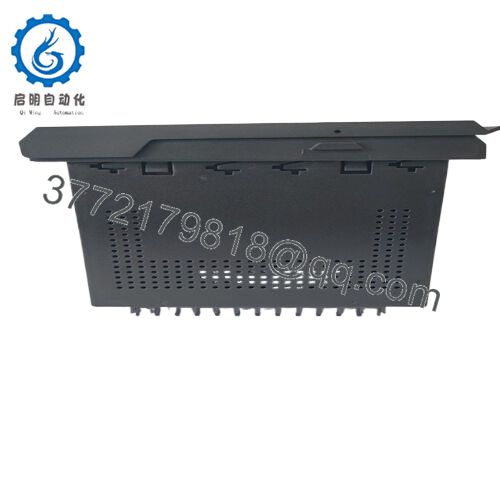
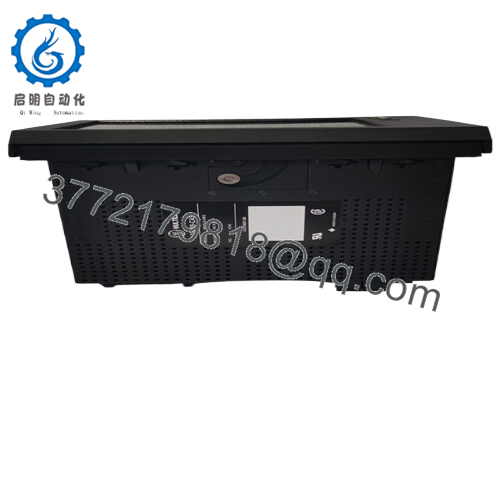
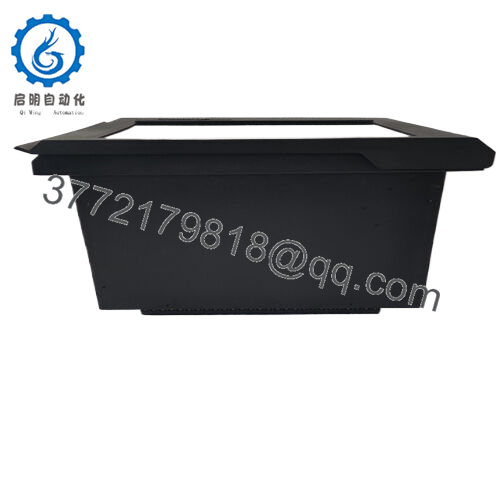
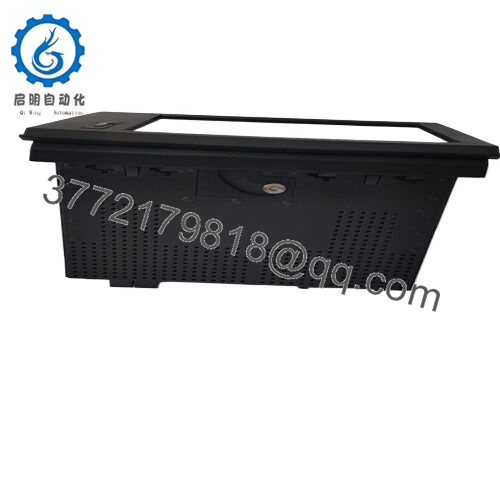
 WhatsApp: +86 16626708626
WhatsApp: +86 16626708626 Email:
Email:  Phone: +86 16626708626
Phone: +86 16626708626
